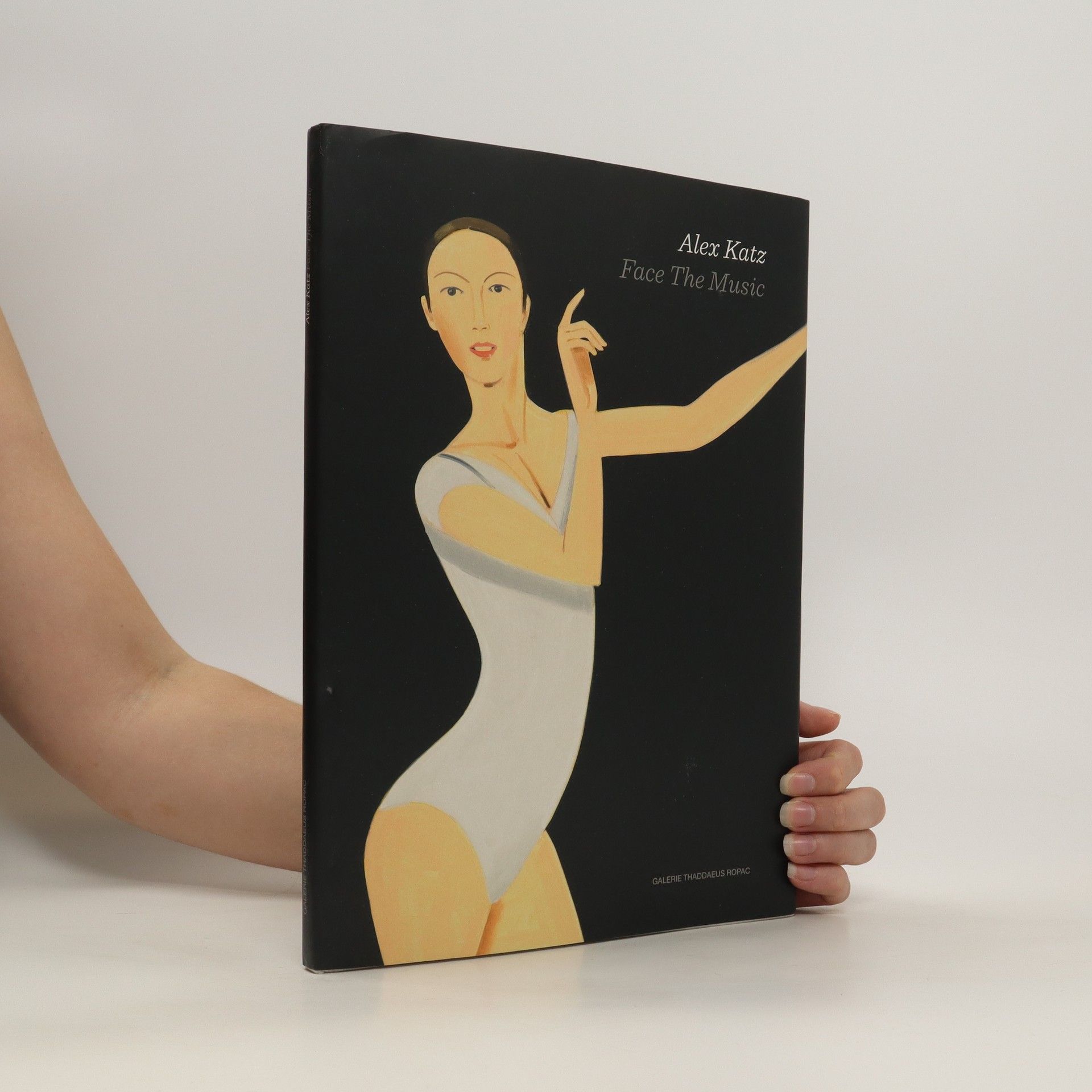Alex Katz malt Bilder, die von Aggression und Pathos frei sind. Seine Bilder strahlen eine sanfte Energie aus, die ihren Charme auf den Betrachter überträgt, ihn geradezu verführen kann. Er gehört zu den wenigen Malern des 20. Jahrhunderts, die sich die Suche nach der Schönheit zum Ziel gesetzt haben. Er findet sie in seiner alltäglichen Umgebung, bei seiner Familie und seinen Freunden, in der Stadt und auf dem Lande, bei Tag und hei Nacht. Seine Fähigkeit, kurze Momente in Dauer zu überführen, gibt seinen Bildern eine erstaunliche Lebensdauer. Die Malerei von Alex Katz ist gleichzeitig gegenwartsbezogen und zeitentrückt. Katalog zur Ausstellung in der Stadtgalerie Sundern 27. März bis 28. Mai 1998
Alex Katz Livres
Alex Katz est un peintre de premier plan et célébré dont les œuvres ont orné les salles des grands musées du monde entier. Son style artistique se caractérise par un coup de pinceau audacieux et un sens fluide du mouvement, capturant l'essence de la vie contemporaine. S'inspirant souvent de son environnement et de ses proches, l'art de Katz explore les thèmes de l'identité, de la perception et de la dynamique des relations humaines. Son approche distinctive de la peinture figurative a cimenté son statut de figure influente dans l'art moderne.






Moby Dick
- 189pages
- 7 heures de lecture
Moby Dick (1851), le chef-d'oeuvre de Melville, est l'histoire d'une obsession : depuis qu'un féroce cachalot a emporté la jambe du capitaine Achab, celui-ci le poursuit sans relâche de sa haine. Ismaël, matelot embarqué à bord du baleinier le Péquod, se trouve pris peu à peu dans le tourbillon de cette folle vengeance : c'est par sa voix que se fera entendre l'affrontement final de l'homme et du grand Léviathan blanc. Somme encyclopédique érigeant la baleine en un véritable mythe, récit hanté par l'énigme du bien et du mal, Moby Dick nous fait naviguer sur des mers interdites et accoster sur des rivages inhumains. Jamais on n'épuisera la science des baleines, suggère Melville. Jamais non plus on ne viendra à bout de la fascination qu'inspire ce roman sombre et puissant.
Looking at Art with Alex Katz
- 208pages
- 8 heures de lecture
Eine zugängliche Einführung in die Werke großer historischer und zeitgenössischer Künstler Geschrieben von Alex Katz, einem der berühmtesten und einflussreichsten Maler unserer Zeit Alphabetisch geordnet, wird der Eintrag jedes Künstlers von 1-2 Bildern und Katz' persönlichen Beobachtungen begleitet
Alex Katz, quick light
- 96pages
- 4 heures de lecture
The exhibtition catalogue brings together texts from artists, thinkers and poets, which offer personal responses to Katz's work. It opens with a previously unpublished conversation between Alex Katz and Hans Ulrich Obrist and a new poem written by John Godfrey. In her essay, Ingrid D. Rowland expands on Katz's unique approach to light and a conversation between artists Marlene Dumas and Jan Andriesse gives an insight into their engagement with Katz's work over time. Critic and writer Jan Verwoert's text explores Katz's understanding of depth and perception and the artist Merlin James focuses on a single painting. The publication also features archival reviews, which highlight the changing opinions of Katz's work throughout time and the influence of the cultural landscape on his practice.
Alex Katz - Zeichnungen, Kartons, Gemälde aus der Albertina
- 119pages
- 5 heures de lecture
Alex Katz - Face the Music
- 76pages
- 3 heures de lecture
In 1960, Alex Katz (born 1927) began to collaborate with the Paul Taylor Dance Company, commencing a relationship with dance that has spanned his entire career. Undertaken for the company’s performance of The Red Room (later known as Post Meridian ) at the legendary Festival of Two Worlds in Spoleto, Katz’s contribution consisted of three enormous red panels that defined the stage, and round wooden discs capable of holding two dancers, which floated down from the top of the theater rafters. During the collaboration, Katz also made numerous portraits of both dancers and dances. Katz and Taylor collaborated again in the 1980s, but the painter has only recently returned to the depiction of dance, with a new series of portraits of leading figures in the New York dance scene. Alex Face the Music surveys Katz’s career-long involvement with dance, reproducing canvases, cartoons, drawings and studies in oil.
